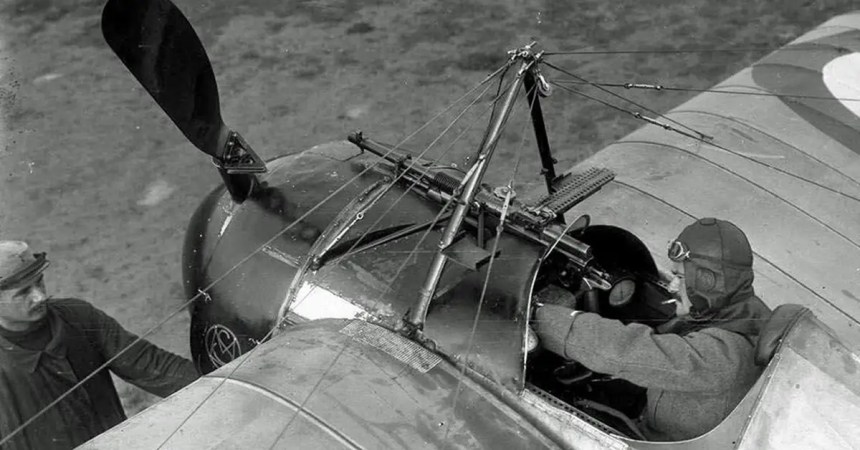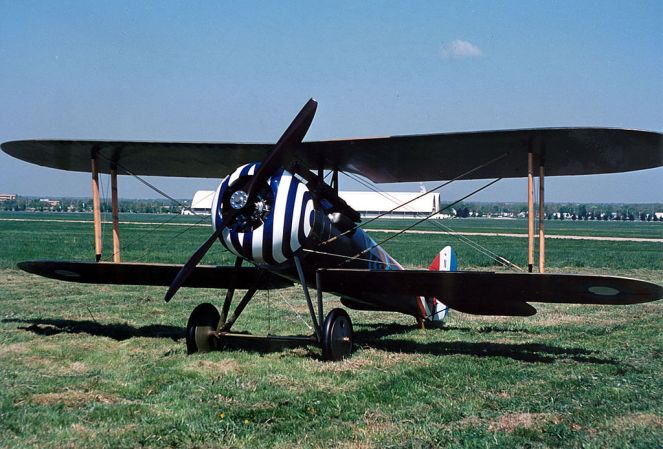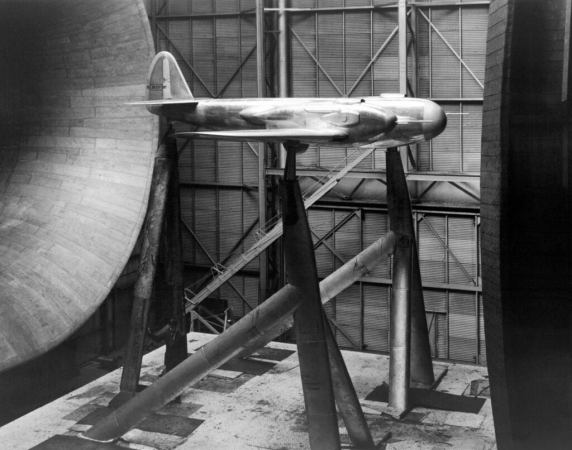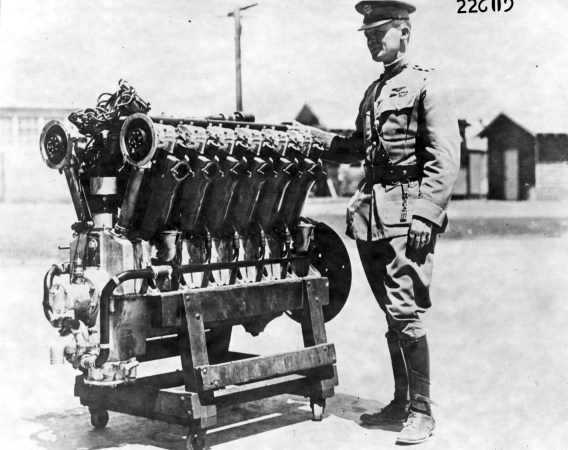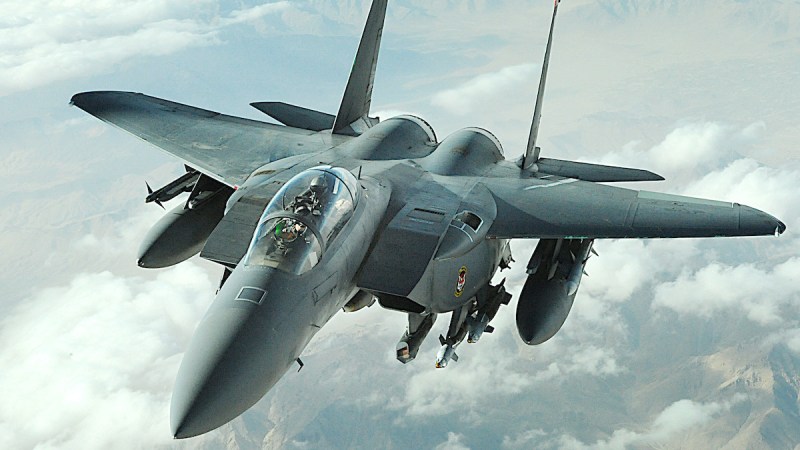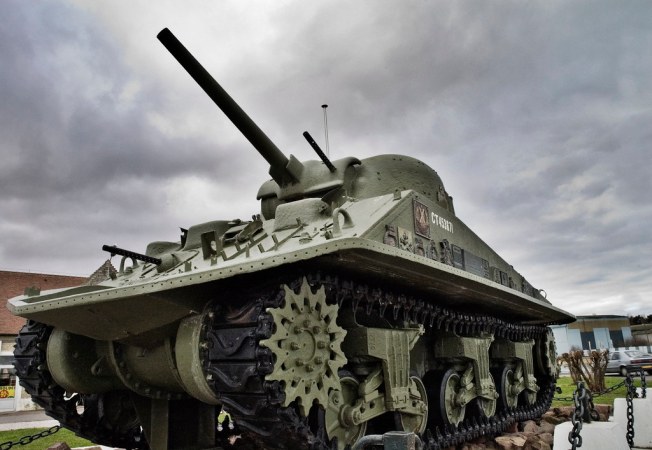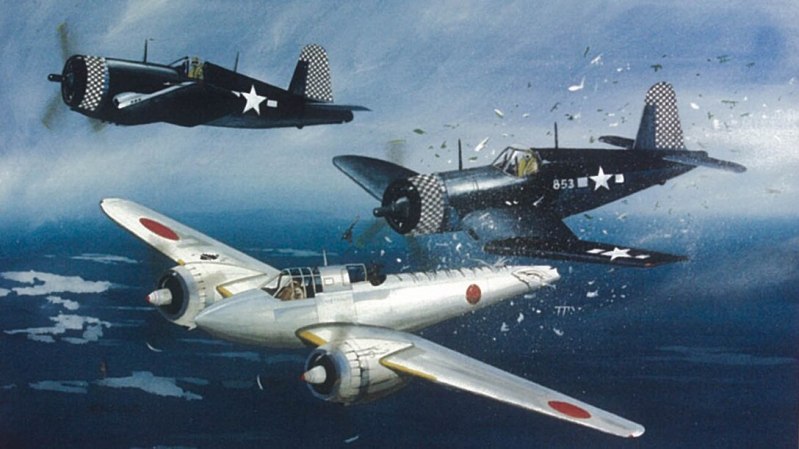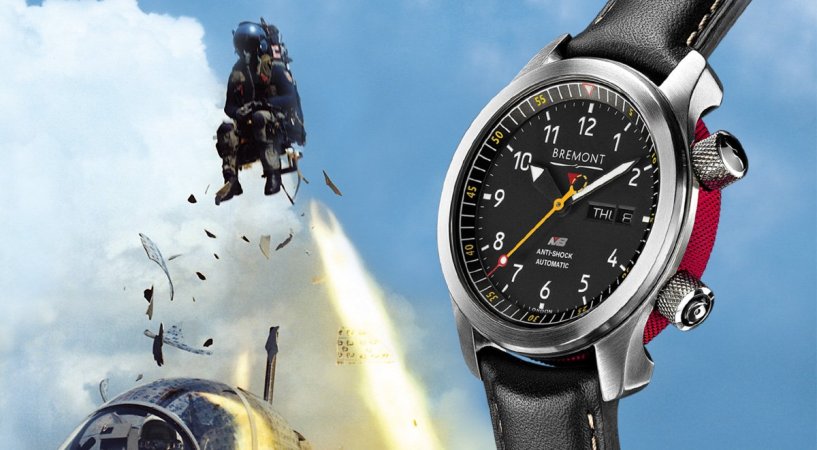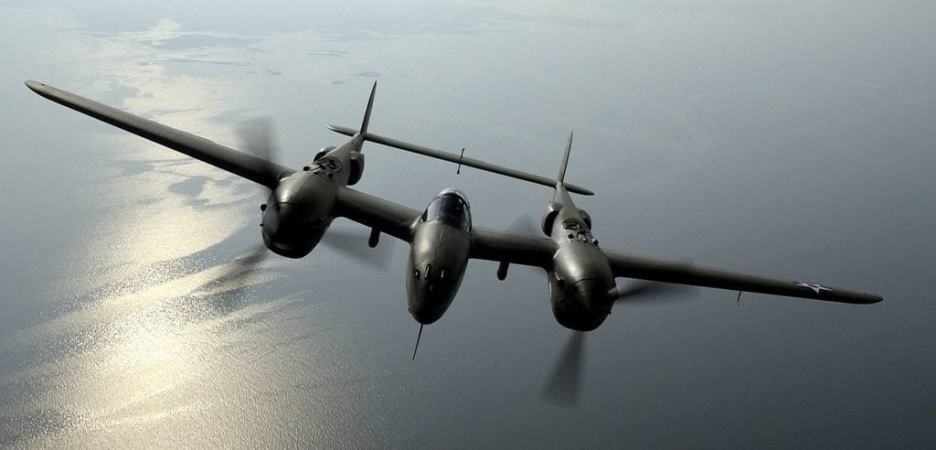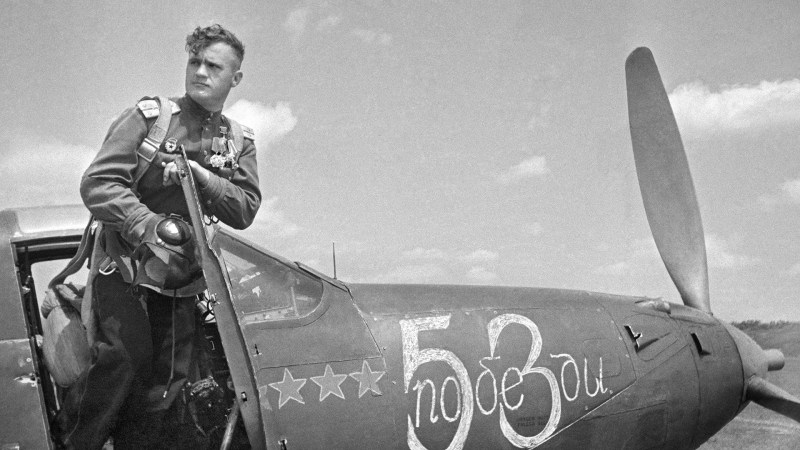In December of 1903, the Wright Brothers made history in Kitty Hawk, North Carolina as they took to the skies in their powered and controlled aircraft, making an 852-foot flight. Less than a dozen years later, mankind revolutionized military aviation with a hugely important invention: the synchronization gear.
This ingenious device managed the milliseconds that stood between crashing to the ground and defeating your enemy.
In the early days of World War I, aviation was still very much in its infancy. People were skeptical about the effectiveness of aircraft in battle, so many turned to mounted cavalry for reconnaissance. When that couldn’t cut it, they finally gave aircraft a shot — which turned out to be an effective way to cross no-man’s land without serious risk.
The low-power engines of the time, however, couldn’t build enough lift to carry any weapons what weren’t also found on the battlefield below. Machine guns only become a viable option once the engineers increased wing space. Thus, the iconic biplane was born.

The attached machine gun, which usually faced the rear of the aircraft, could rain Hell from above, but they were extremely ineffective against other aircraft. To address that need, they affixed a forward-facing machine gun that could fire in the direction of the aircraft. The problem was, however, that there was a propeller to contend with.
As an interim solution, the British developed the F.E.2. This machine-gun faced the front of planes but, to avoid hitting the propellers, it was located in the middle of the aircraft. It wasn’t pretty but it was an effective compromise.

(Phillip Capper)
Then, the Germans introduced their newest advancement: the synchronization gear. Pilot Kurt Wintgens scored the first aerial victory utilizing one on July 1, 1915 — and it changed everything.
The theory behind it is fairly simple to explain. The machine gun was placed directly behind the propellers and would fire only when the propellers were safely out of the way. The execution, however, was much trickier. A poorly timed synchronization gear meant that the pilot would drop out of the sky like Wile E. Coyote.

(National Archive)
Let’s talk mechanics: A timing cam rotated at the same speed as the propellers. This would physically stop the trigger from pulling at the moment a propeller was in the line of fire. The timing cam allowed the propeller to move at a various RPMs without adjusting the machine gun itself.
Americans improved on this design by employing hydraulics near the end of the war. This meant a faster rate of fire, more acute synchronization, and increased gun accuracy. The system could be adapted for nearly any engine and aircraft. The synchronization gear became a relic after the jet engine eliminated the need for propellers, but it still stands as one of the most ingenious inventions in aviation.
For more information on the physics of WWI aviation, check out the video below:





